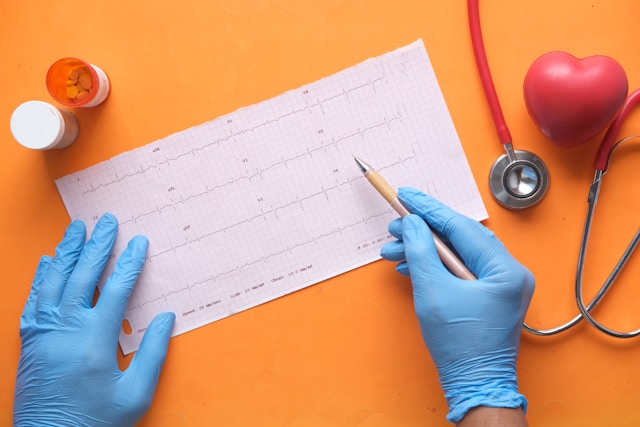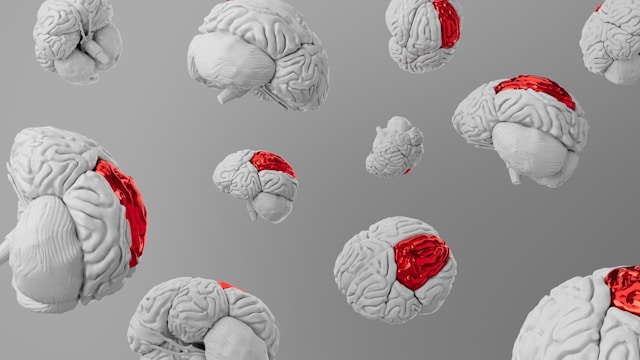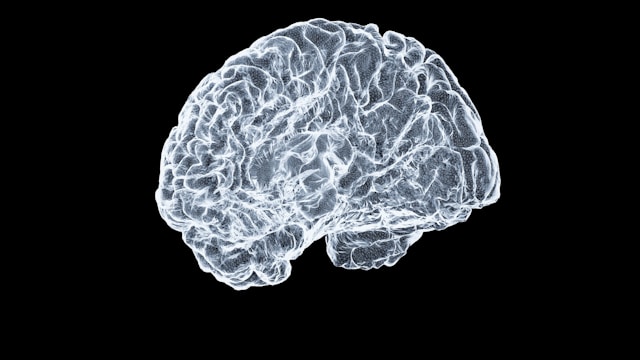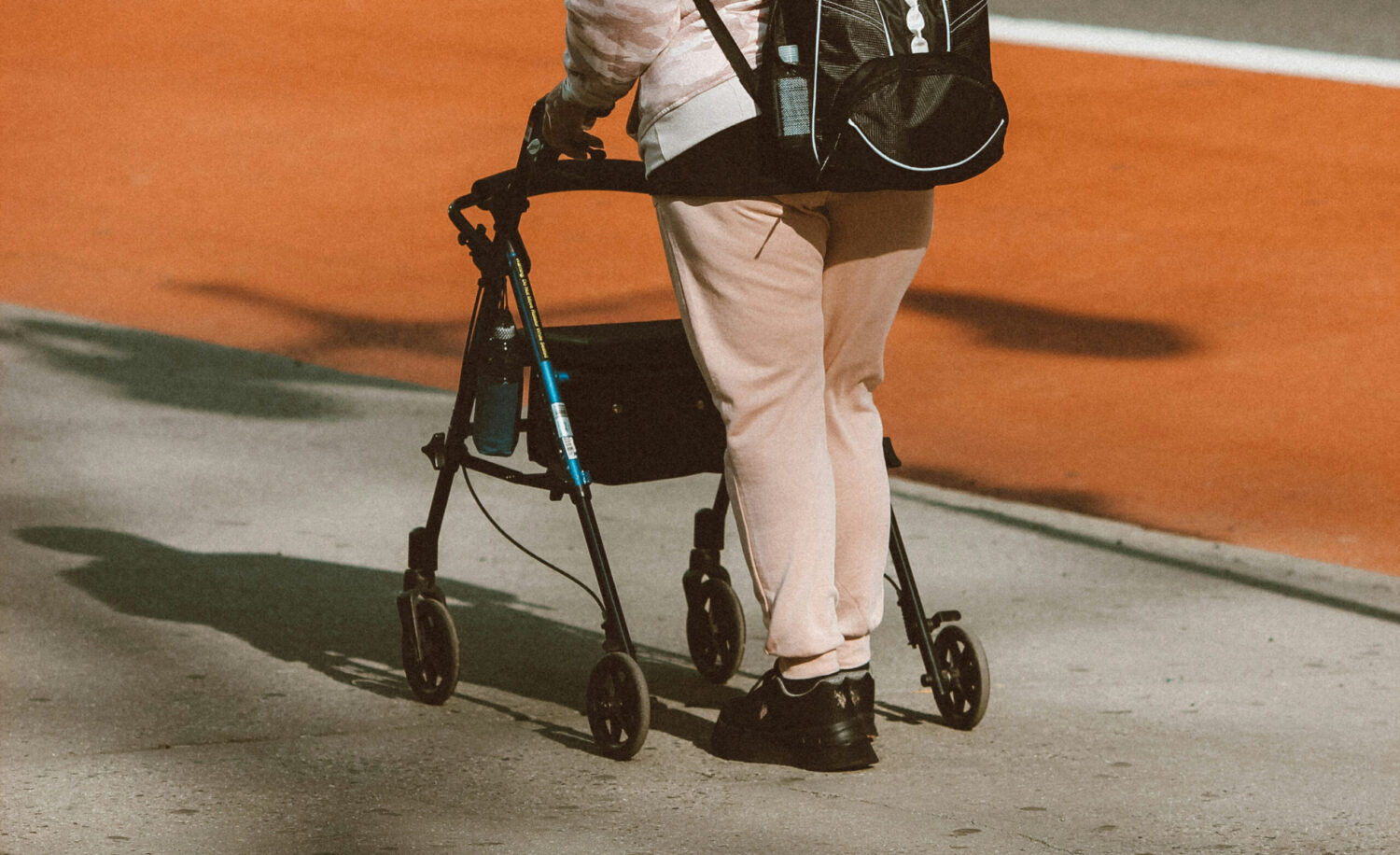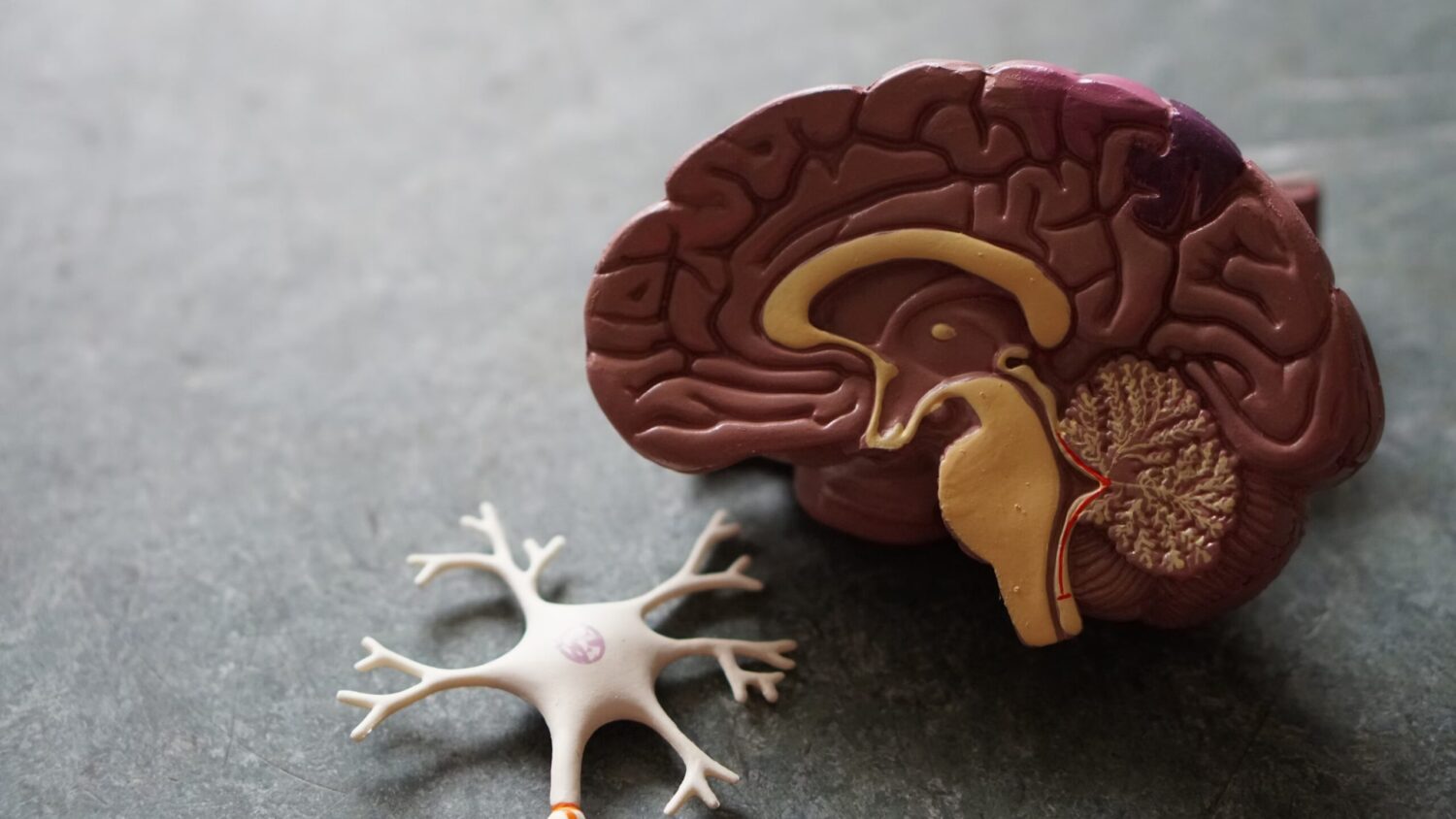Авторы:
I. A. Shchukin,1 M. S. Fidler,1 I. A. Koltsov,1 and A. Yu. Suvorov2
Translated from Zhurnal Nevrologii i Psikhiatrii imeni S. S. Korsakova, Vol. 121, No. 12, Iss. 2, pp. 69–76,
December, 2021. Original article submitted December 20, 2021. Accepted December 22, 2021.
Место публикации:
Neuroscience and Behavioral Physiology, Vol. 52, No. 5, June, 2022
